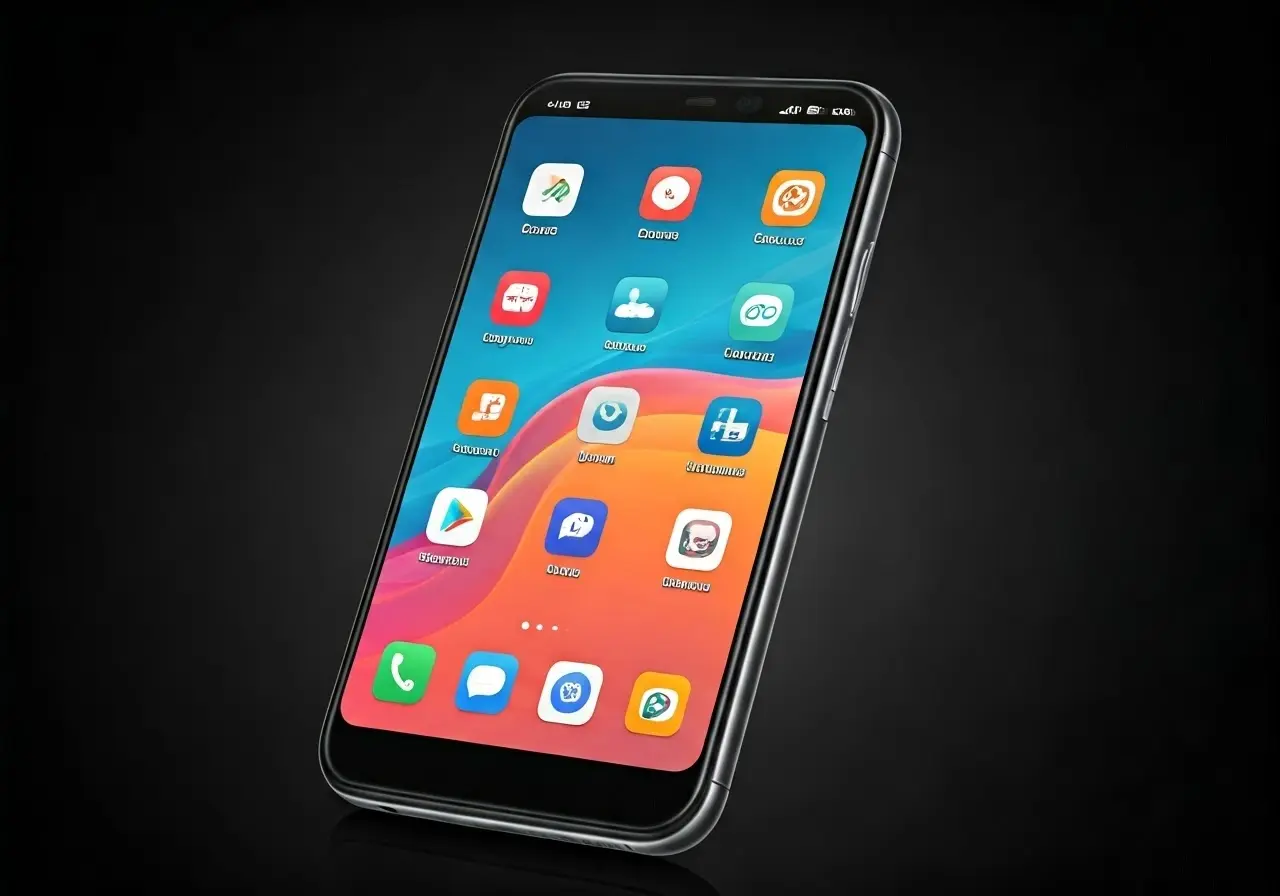In today’s competitive digital landscape, creating an app that stands out is crucial. Incorporating innovative features not only enhances user experience but also drives more downloads and engagement. Here, we explore some groundbreaking app features that can help you attract more users and stay ahead of the competition.
1. Personalized User Experience
Creating a personalized experience makes users feel valued. Utilizing data analytics, apps can offer tailored content, recommendations, and even personalized greetings, enhancing user engagement and satisfaction. Personalized experiences are especially beneficial in e-commerce apps, where users can receive product suggestions based on their previous searches and purchases. This not only improves the user experience but also significantly boosts sales by showing users the most relevant products.
Moreover, implementing machine learning algorithms allows for a more dynamic approach to personalization. As users interact more with the app, the algorithm can learn from their behavior, further refining the recommendations. This continuous improvement loop ensures that user engagement keeps growing.
2. Seamless Cross-Platform Functionality
Users appreciate consistency across devices. By implementing cross-platform functionality, you ensure a smooth transition for users whether they are on mobile, tablet, or desktop, increasing user retention. In today’s world, where users might start a task on a smartphone and complete it on a desktop, seamless cross-platform functionality is increasingly vital.
Moreover, building a unified experience can magnify brand loyalty, as it provides a familiar interface and set of features across diverse platforms. Transitioning between devices should be intuitive and near-seamless, minimizing any potential friction. Apps like Slack and Microsoft Teams exemplify the success of cross-platform functionality through their synchronized ecosystems, encouraging productivity across devices.
Incorporating native app elements within a cross-platform framework may also boost the user experience. For instance, leveraging device-specific features like facial recognition or biometric login enhances both convenience and security, fostering a positive perception among users who prioritize robust yet harmonious app ecosystems.
3. Intuitive Navigation with Voice Control
Voice control offers a hands-free way to navigate, making your app more accessible and user-friendly. This feature can significantly enhance usability, especially for users who prefer multitasking. Incorporating voice control can also lead to increased app accessibility for differently-abled users, providing them with alternative ways to interact with your app.
It’s important to ensure that voice commands are intuitive and align with natural language processing capabilities. Through the use of smart voice assistants, users can enjoy a seamless, uninterrupted browsing experience. By integrating with leading voice technology platforms, your app can offer robust functionality that complements users’ on-the-go lifestyles.
4. Augmented Reality Features
Augmented Reality (AR) offers immersive experiences that turn ordinary app interactions into extraordinary ones. Whether for education, shopping, or socializing, AR features captivate users and encourage regular interaction. AR has revolutionized industries like real estate, where users can take virtual tours of properties without ever stepping foot inside, or in retail, where trying on clothes virtually has become a game-changer for online shopping.
Developing AR features requires sophisticated technology that overlays digital content onto the real world, often via a smartphone’s camera or specialized glasses. This layer of digital enhancement makes experiences more engaging and interactive. As AR technology progresses, it paves new avenues for educational apps, where historical artifacts or scientific models can be brought into the user’s environment, enhancing learning experiences.
5. Efficient In-App Support and Chatbots
Providing prompt assistance through AI-driven chatbots can resolve user issues quickly, leading to higher satisfaction and retention. Chatbots ensure users get immediate help without leaving the app environment. This instant support reduces frustration and keeps users engaged. Additionally, chatbots can handle common inquiries, freeing up human resources for more complex issues.
For businesses, integrating chatbots translates into cost efficiency while ensuring that customers are attended to around the clock. Furthermore, as chatbots evolve with AI, their ability to handle more complex queries increases, often providing solutions faster than traditional customer support methods. The implementation of sentiment analysis in these bots can also help in gauging user emotions, enabling proactive issue resolution.
6. Social Media Integration
Integrating social media functionalities allows users to share content directly from the app, increasing exposure and engagement. This also facilitates easier logins and onboarding processes. Social media integration ensures that users can effortlessly broadcast their achievements, purchases, or activities, which serves as organic marketing for your app.
Moreover, by enabling social sharing, apps tap into a vast network of social media users, broadening the potential audience base. Leveraging social media algorithms can also give insights into user preferences and behaviors, fostering a more tailored app experience. For apps driven by community, such integration is indispensable, as it nurtures interaction and lends a sense of social connectivity among users.
7. Offline Capability
Allowing users to access certain features offline can significantly enhance usability. This is essential for users in areas with limited connectivity, ensuring your app remains functional and appealing regardless of internet access. Offline capabilities can vastly expand your app’s reach, making it valuable to users on long road trips, during flights, or within regions where stable internet is not guaranteed.
Applications like Google Maps and Spotify have already embraced this concept, offering offline maps and music download functionalities. Implementing offline features requires a strategic approach to data synchronization to ensure that user data remains updated and accurate, even when reconnected to the web. Moving forward, offline competency will be a benchmark for robust, user-centric app design.


